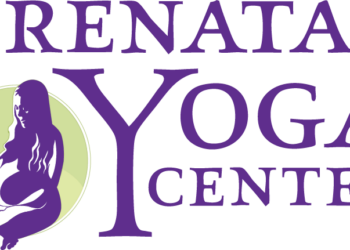“], “filter”: { “nextExceptions”: “img, blockquote, div”, “nextContainsExceptions”: “img, blockquote, a.btn, a.o-button”} }”>
Heading out the door? Learn this text on the brand new Exterior+ app accessible now on iOS units for members!
>”,”title”:”in-content-cta”,”sort”:”hyperlink”}}”>Obtain the app.
It goes with out saying that yoga is for everybody: observe purists, the meditation minded, athletes, these after an excellent stretch, and lots of, many extra. However should you had been to ballot any yoga class, you’re prone to discover that most of the college students (in addition to academics) are additionally seekers.
Yoga attracts a curious crowd. We yearn to grasp the world and our place inside it, whether or not from the slant of spirituality or self-improvement. So it ought to come as no shock that the tenets of the observe draw on ideas which can be foundational in most trendy self-help books.
However it did shock me. I not too long ago explored The Coronary heart of Yoga: Growing a Private Follow by T.Ok.V. Desikachar as assigned studying as a part of my yoga instructor coaching. And I used to be instantly struck by its familiarity and accessibility.
As I pored over every web page of the ebook, I highlighted, annotated, and steeped myself in self-help déjà vu. Purposeful presence. Intentional motion. Eschewing false perceptions in favor of clear understanding. Acknowledging change as a continuing state. Self-acceptance. Paying consideration. The holistic nature of the human expertise.
Oh. So yoga is…every part. To stay life with function is to observe yoga. Acquired it.
Written in 1995, The Coronary heart of Yoga relies on the teachings of Desikachar’s father, Sri Tirumalai Krishnamacharya, a storied yogi to whom a lot of up to date yoga could be traced. Krishnamacharya’s technique facilities on viniyoga, a mode with a vantage that permits your yoga observe—that means the nonphysical as a lot because the bodily—to morph and shift in response to your ever-changing particular person wants.
After I labored at an unbiased bookstore, the self-help part consistently drew my consideration in addition to that of shoppers. The books shelved there ranged from concise how-tos to poetic musings, every providing readers route on the circuitous highway that’s life. Throughout that period, I slowly got here to grasp that though self-inquiry is important, it may be overdone.
Self-help books are seldom succinct. Extra typically, they take a core concept and break it down into tiny, fractal components, illustrating how insidious detrimental ideas and patterns could be in the best way we stay (and, in fact, the way to change them).
What strikes me about The Coronary heart of Yoga, and yoga typically, is its simplicity. Ideas comparable to avidya, which is Sanskrit for “delusion” or “misperception,” are offered as fundamental truth. All of us expertise avidya—it simply is. We overcome it by recognizing it, working towards self reflection, respiration, shifting your physique, and taking note of your actions. Over time, this can result in elevated vidya, or “right understanding.” It’s actually that easy.
The work of being a human is rarely achieved. However it additionally doesn’t must be that arduous.
Yoga encompasses the bodily, psychological, and religious realms, and its capability to the touch fairly actually each side of life is a part of its attraction. Nonetheless, I proceed to be shocked to be taught that just about every part in my life, from what I do to how I do it, is yoga. Each concern I’ve ever skilled, from physique to cerebral to ethereal, could be addressed by way of a yogic lens. And all (or most) of the insights that I’ve sought in different works are distilled on this single 240-page ebook.
For the second, I’m buying and selling the whole self-help part of my native bookstore for The Coronary heart of Yoga. It seems like I’ve found the cheat codes for a life effectively lived.












